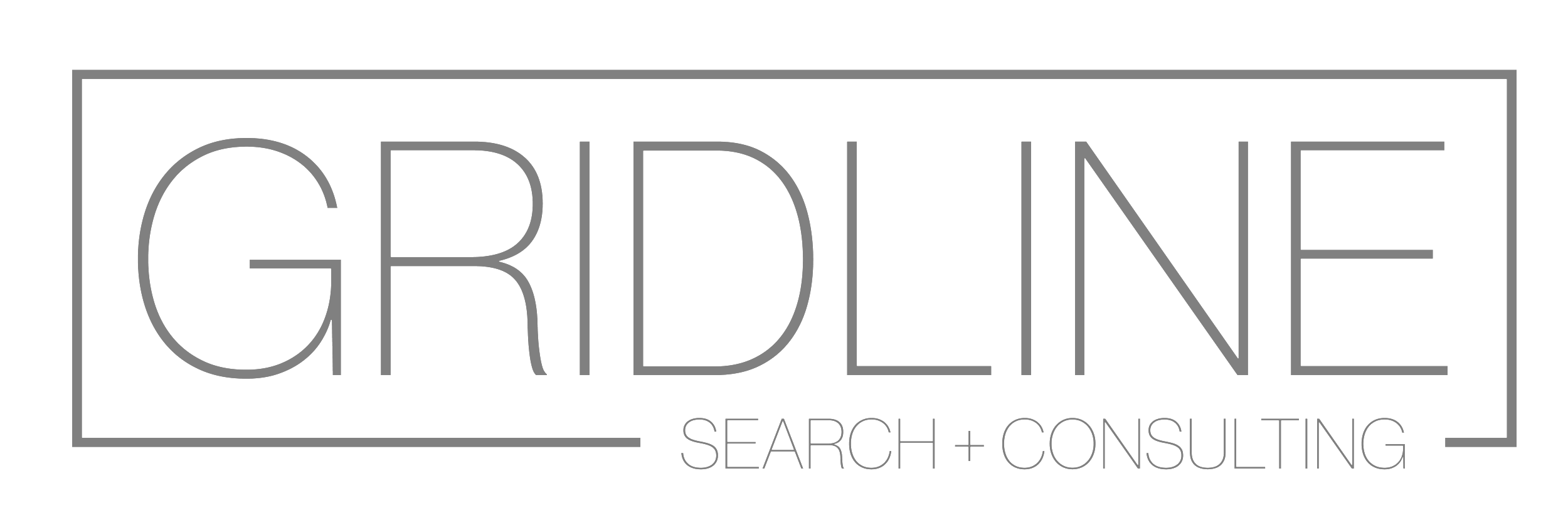For BigLaw associates who are lateralling to another firm, a deal list (for transactional-oriented associates) or a matters list (for litigation-oriented associates) is often a good idea. This is a more specific bulleted list of your work experience than you have on your resume; it is intended to provided additional context and depth about your experience.
Just like your resume, your deal list or matters list should be written strategically and tailored to the job application. I have spoken with many candidates who feel lost when it comes to creating this type of list. Common questions include: What exactly should be included? How much detail should I provide? Is it required for junior associates too? If the company or firm does not ask for one explicitly, should I still do it?
Below are some important tips when it comes to creating a deal sheet or matters list:
The format should be clean, concise & consistent. Specifically, a) For associates, a single page matter list is more than sufficient; if you don't have enough matters to fill an entire page, then you may not need a matter list at all; b) Make sure to follow a very simple bullet format - this will ensure that the document is properly margined and easy-to-read; c) In terms of font, style, etc., copy the style you used for your resume and/or cover letter; in fact, make sure that you have the same address header at the top of all application documents (note: your application documents will likely be submitted as separate electronic documents; a consistent header makes it easier for the recruiter on the other side to create a complete application packet when they print out materials).
Include work that is most relevant to the open position. Your matter or case list will not (and should not) be exhaustive. You should focus the list on matters that are most relevant to the position. In the example above, I included a starting list of patent litigation matters. This sample person may have broader litigation experience that includes copyright, general commercial and other types of litigation. But if she is applying to a patent litigation position, the list should focus on that type of work. Therefore, you might need to have several different versions of your matters list depending on the open position.
Start your list with your highest-profile work where you had the most responsibility. The items at the top of your list should be projects that have the most name recognition (i.e., widely known clients like Google or Citibank and/or clients most relevant to the position). But first and foremost, the top of your list should include relevant work where you had the most responsibility. Think of projects where you managed others, wrote independently, worked with clients directly, etc. Whether it's a midlevel or senior position, the hiring team will want to know that you can hit the ground running when you get there.
If it's public, always start with the name of the case or deal; if it's not, describe the project in another way. The point of the matter or case list is to provide an easy-to-scan list of the types of work that you have done so far. First and foremost, this should start with the name of your client. Even if it's not a company that is widely known, you want to make it easy for the reader to do a quick Google search to confirm the matter and/or get additional detail. This also makes it easy to ask questions in an interview (i.e., "Tell me a little more about your work in this eTech case.) Some matters are not public or ongoing. In that case, include the details that you are able (see the "Patent ownership dispute" example in the sample above).
Be comprehensive about your role and don't worry about repeating key tasks. The point of a matters list is to tie your experience to specific cases and deals. This may mean that you repeat some language about your role under multiple items. This is fine. Just make sure that you are being clear and comprehensive on your role in that particular matter. Plus, there are ways to play with the vocabulary and sentence structure so the list does not look like a "copy & paste" exercise (compare the first two items in the sample above).
Your recruiter should work with you very closely when it comes to the writing and delivery of your matters list or deal sheet. They should help you tailor it for the position and advise on the time of submission. Depending on your experience and the open position, you might attach it to you resume when you apply. Or you they might send it in separately. Or they might suggest that you take one with you to your interview and provide when asked.
If you want to discuss in more detail how to craft a strong matter list or deal list for a lateral move that you are considering, schedule a time to speak with me at calendly.com/gridline.







